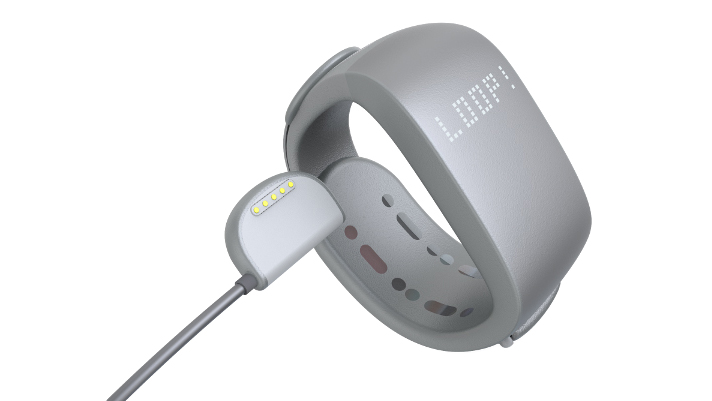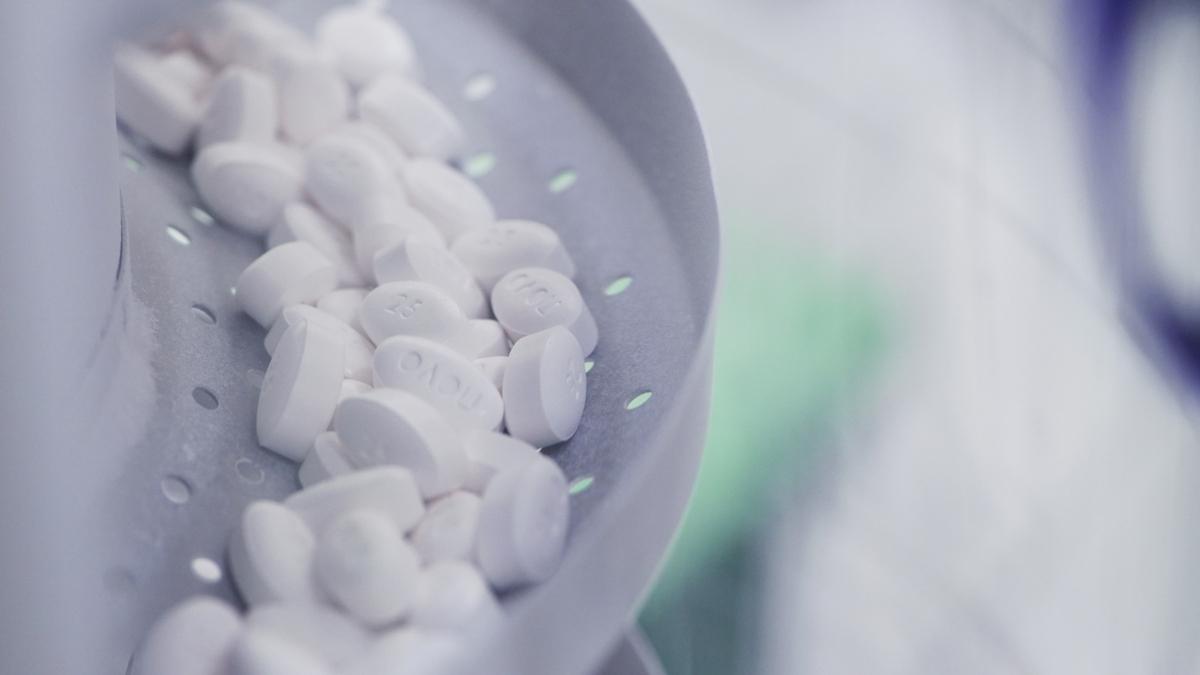Spry Health raises funds for clinical-grade wearable

San Francisco-based Spry Health has raised $5.5 million to progress its clinical-grade wristband wearable, Loop.
The money was raised in a series A funding round led by Grove Ventures and the Stanford-StartX Fund.
Unlike current wristband wearables limited to step tracking, Loop can continuously collect cardiovascular and respiratory data.
It does so by emitting electromagnetic waves through the skin. It then measures the reflection of light frequencies to define the concentration of specific molecules in the blood.
This data is then sent to a patented analytics platform that can pinpoint early signs of patient deterioration.
The primary audience for Loop is critically and chronically ill patients where earlier intervention can reduce hospital admissions.
Spry Health has submitted data from a validation study to the FDA. Including 250 participants. In it Loop was found to be as effective as standards of care for measuring blood pressure, heart rate, oxygen saturation, respiration and CO2 monitoring.
The firm is now hoping for FDA approval by early 2018, and clearly could have huge potential if proven to identify at-risk patients in the real world.
[caption id="attachment_29253" align="alignnone" width="180"] Elad Ferber. Image: LinkedIn[/caption]
Elad Ferber. Image: LinkedIn[/caption]
“This round of funding will allow us to reach thousands of more patients with our technology,” said Elad Ferber, co-founder of Spry Health. “Our past and current deployments with hundreds of patients allowed us to create an invaluable second by second dataset of health. In the last three years, we developed an extensive set of Machine Learning and Expert Systems algorithms that helps contextualise real-time, continuous physiological data and pinpoints signs of deterioration. As we reach more patients, we will continue to strengthen our advantage by providing broader monitoring capabilities across more conditions.”
Clinical-grade challenges
Although a small company, Loop has seemingly achieved what brands like Fitbit and Apple are trying to develop. One of the primary reasons it hasn't been achieved yet is because of the bulky nature of the technology involved.
Another reason is the production of ‘noise’ from other light sources. Pulse oximeters – which beam infrared light onto the skin to measure molecule concentrations in the blood – struggle when a subject is moving.
However, Loop resembles a large Fitbit at just over an inch wide and its algorithms can cut out excessive background noise. It also charges in the same manner as a phone and doesn’t have any software to be continuously updated.











